Home>Gardening & Outdoor>Outdoor Structures>How Much To Install Electricity In A Shed
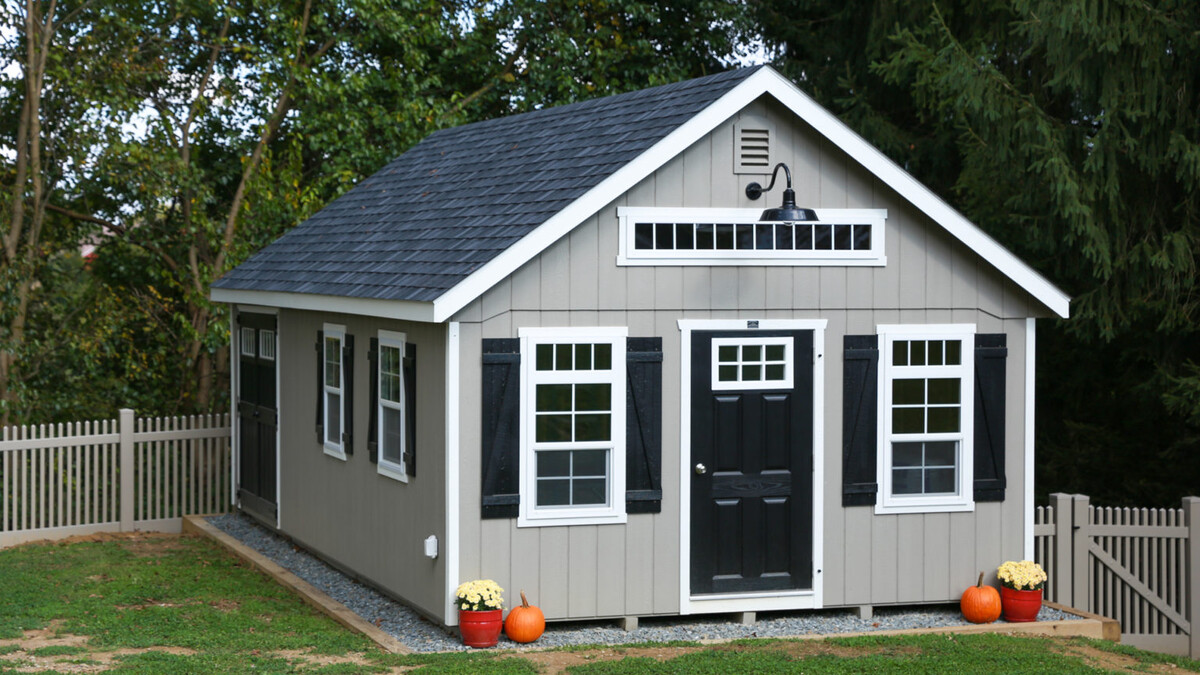

Outdoor Structures
How Much To Install Electricity In A Shed
Modified: February 18, 2024
Get an estimate for installing electricity in your shed. Find out the cost and process for adding power to outdoor structures. Contact us for expert advice!
(Many of the links in this article redirect to a specific reviewed product. Your purchase of these products through affiliate links helps to generate commission for Storables.com, at no extra cost. Learn more)
Introduction
Adding electricity to a shed can significantly enhance its functionality and versatility. Whether you plan to use the shed as a workshop, a home office, or simply a space for storage, having access to electricity opens up a world of possibilities. From powering tools and lighting to running electronic devices, the benefits of a well-electrified shed are undeniable.
However, the decision to install electricity in a shed comes with important considerations, not the least of which is the cost. Understanding the factors that influence the cost of installing electricity in a shed, the types of electrical installations available, and the step-by-step process involved can help shed owners make informed decisions and plan accordingly.
In this comprehensive guide, we will explore the various aspects of installing electricity in a shed, shedding light on the factors that affect the cost, the different types of electrical installations, and the steps involved in the process. Whether you're a seasoned DIY enthusiast or considering hiring a professional, this guide will provide valuable insights to help you navigate the electrification of your shed with confidence. So, let's dive in and illuminate the path to a well-powered shed!
Key Takeaways:
- Electrifying a shed can enhance its functionality, but factors like distance from the power source and power requirements affect installation costs. Understanding these factors helps shed owners plan effectively.
- Different types of electrical installations cater to specific shed needs, from basic lighting to heavy-duty machinery support and even eco-friendly solar-powered systems. Shed owners can choose the best fit for their requirements.
Read more: How Much To Install An Electric Fireplace
Factors Affecting the Cost of Installing Electricity in a Shed
When it comes to installing electricity in a shed, several factors can influence the overall cost of the project. Understanding these factors is crucial for accurately budgeting and planning the electrification process. Here are the key elements that can impact the cost of installing electricity in a shed:
- Distance from the Main Power Source: The distance between the shed and the main power source, such as the house or a standalone power supply, plays a significant role in determining the cost. Longer distances may require more extensive wiring and trenching, leading to higher material and labor expenses.
- Power Requirements: The intended use of the shed and the electrical appliances and equipment it will power dictate the power requirements. A shed used for basic lighting and occasional power tools will have different needs compared to a shed intended for heavy-duty machinery or continuous energy consumption. Higher power requirements may necessitate more complex and costly electrical installations.
- Permit and Inspection Costs: Depending on local regulations, obtaining permits for electrical work and scheduling inspections can add to the overall cost. Compliance with building codes and safety standards is essential, and the associated permit and inspection fees should be factored into the budget.
- Ground Conditions: The nature of the ground where the electrical wiring will be laid can impact the cost. Rocky or challenging terrain may require specialized equipment and techniques, potentially increasing the labor and material expenses.
- DIY vs. Professional Installation: Opting to DIY the electrical installation can save on labor costs but requires a high level of expertise and knowledge of electrical systems. Hiring a professional electrician ensures compliance with regulations and standards but comes with associated service fees.
- Material Quality and Quantity: The choice of electrical materials, such as wiring, outlets, and circuit breakers, as well as the quantity required for the installation, directly affects the overall cost. High-quality, durable materials may come at a higher price point but offer long-term reliability and safety.
By considering these factors and conducting a thorough assessment of the specific requirements and conditions of the shed, individuals can gain a clearer understanding of the cost implications associated with installing electricity in their sheds. This knowledge serves as a valuable foundation for making informed decisions and ensuring a successful and cost-effective electrification process.
Types of Electrical Installations for Sheds
When it comes to electrifying a shed, there are several types of electrical installations to consider, each catering to different needs and preferences. Understanding the various options available can help shed owners make informed choices based on their specific requirements. Here are the primary types of electrical installations for sheds:
- Basic Lighting and Power Outlets: This type of installation is ideal for sheds used primarily for storage or as a small workspace. It involves the installation of lighting fixtures and a limited number of power outlets to accommodate basic electrical needs, such as charging small devices and powering essential tools.
- Dedicated Workstation Setup: For sheds intended as workshops or hobby spaces, a dedicated workstation setup may be preferred. This installation includes multiple power outlets strategically positioned to support various tools and equipment, as well as specialized lighting to illuminate work areas effectively.
- Heavy-Duty Machinery Support: Sheds utilized for heavy-duty tasks, such as woodworking or metalworking, may require electrical installations capable of powering large machinery and equipment. This type of setup involves robust wiring, dedicated circuits, and possibly three-phase power to accommodate high-powered tools and machinery.
- Climate Control and Appliances: In situations where the shed serves as a year-round workspace or a comfortable retreat, the electrical installation may include provisions for heating, air conditioning, and the operation of various appliances. This comprehensive setup addresses the power demands of climate control systems and additional electrical devices.
- Solar-Powered Systems: For eco-conscious shed owners, solar-powered electrical installations offer a sustainable and renewable energy solution. These systems typically involve the installation of solar panels, a charge controller, batteries for energy storage, and an inverter to convert solar energy into usable electricity for the shed.
Each type of electrical installation offers distinct advantages and is tailored to specific usage scenarios. By assessing the intended purpose of the shed and the desired electrical capabilities, individuals can select the most suitable installation type to meet their needs effectively.
Whether it’s a simple lighting setup, a comprehensive workshop electrical system, or a sustainable solar-powered solution, the range of options ensures that sheds can be equipped with the electrical infrastructure necessary to support a diverse array of activities and functionalities.
Before installing electricity in a shed, make sure to check local building codes and obtain necessary permits. It’s also important to hire a licensed electrician to ensure the safety and proper installation of the electrical system.
Steps to Install Electricity in a Shed
Installing electricity in a shed involves a series of systematic steps to ensure a safe, reliable, and compliant electrical setup. Whether undertaking the project as a DIY endeavor or enlisting the services of a professional electrician, following these essential steps is crucial for a successful electrical installation in a shed:
- Assessment and Planning: Begin by assessing the intended use of the shed and determining the specific electrical requirements. Consider factors such as power needs, lighting preferences, and the placement of outlets and switches. Create a detailed plan that outlines the electrical layout and identifies the necessary materials and components.
- Obtain Necessary Permits: Check local building codes and regulations to determine the permit requirements for the electrical work. Obtain the required permits and schedule any mandatory inspections to ensure compliance with safety standards and legal guidelines.
- Prepare the Electrical Pathway: Clear the pathway for the electrical wiring, ensuring that it is free from obstructions and hazards. If trenching is necessary to lay the wiring underground, use appropriate digging tools and techniques to create a safe and accessible pathway for the electrical conduit.
- Install Wiring and Components: Begin the installation process by running the electrical wiring from the main power source to the shed. Use suitable wiring materials and methods, adhering to electrical codes and safety practices. Install circuit breakers, outlets, switches, and other necessary components according to the predetermined electrical layout.
- Connect the Power Source: Once the wiring and components are in place, connect the shed’s electrical system to the main power source. Exercise caution and follow proper procedures when making electrical connections to ensure safety and reliability.
- Test and Verify: After completing the installation, thoroughly test the electrical system to confirm proper functionality. Check all outlets, switches, and lighting fixtures for consistent power supply and ensure that the circuitry operates as intended. Address any issues or discrepancies promptly to guarantee a fully operational electrical setup.
- Secure and Protect the Wiring: Safeguard the installed wiring and components against potential damage or exposure. Use appropriate protective measures, such as conduit, insulation, and secure fastenings, to shield the electrical infrastructure from environmental factors and physical harm.
Whether embarking on a DIY electrical installation or entrusting the project to a qualified electrician, adhering to these steps is essential for achieving a safe and effective electrification of the shed. By carefully planning, executing, and verifying each stage of the installation process, shed owners can enjoy the benefits of a well-powered and functional space.
Conclusion
As the demand for functional and versatile outdoor spaces continues to grow, the installation of electricity in sheds has become increasingly popular. Whether used for practical work purposes, recreational activities, or additional storage, electrified sheds offer enhanced convenience and utility. Understanding the factors influencing the cost, the types of electrical installations available, and the essential steps involved in the process is pivotal for shed owners seeking to embark on an electrification project.
By considering factors such as the distance from the main power source, power requirements, permit and inspection costs, ground conditions, and the choice between DIY and professional installation, individuals can gain valuable insights into the cost implications and logistical considerations associated with installing electricity in their sheds. This knowledge empowers shed owners to make informed decisions and plan their electrification projects effectively.
Furthermore, the diverse types of electrical installations cater to a wide range of shed usage scenarios, from basic lighting and power outlets to comprehensive setups capable of supporting heavy machinery, climate control systems, and even solar-powered solutions. This versatility ensures that sheds can be tailored to meet specific needs and preferences, providing a customized electrical infrastructure to enhance functionality and comfort.
When it comes to the actual installation process, following a systematic approach that includes thorough assessment and planning, compliance with permit requirements, safe and precise wiring installation, meticulous testing, and adequate protection for the electrical infrastructure is essential. Whether undertaking the installation as a DIY project or seeking professional assistance, these steps form the foundation for a successful and reliable electrical setup in the shed.
Ultimately, the electrification of sheds opens up a world of possibilities, transforming these outdoor structures into dynamic and efficient spaces that cater to a variety of activities and purposes. With careful consideration of the cost factors, the selection of the most suitable electrical installation type, and the meticulous execution of the installation process, shed owners can enjoy the benefits of a well-equipped and energized outdoor environment.
By illuminating the path to a well-powered shed, this guide aims to equip shed owners with the knowledge and insights necessary to embark on their electrification journey with confidence and clarity.
Frequently Asked Questions about How Much To Install Electricity In A Shed
Was this page helpful?
At Storables.com, we guarantee accurate and reliable information. Our content, validated by Expert Board Contributors, is crafted following stringent Editorial Policies. We're committed to providing you with well-researched, expert-backed insights for all your informational needs.
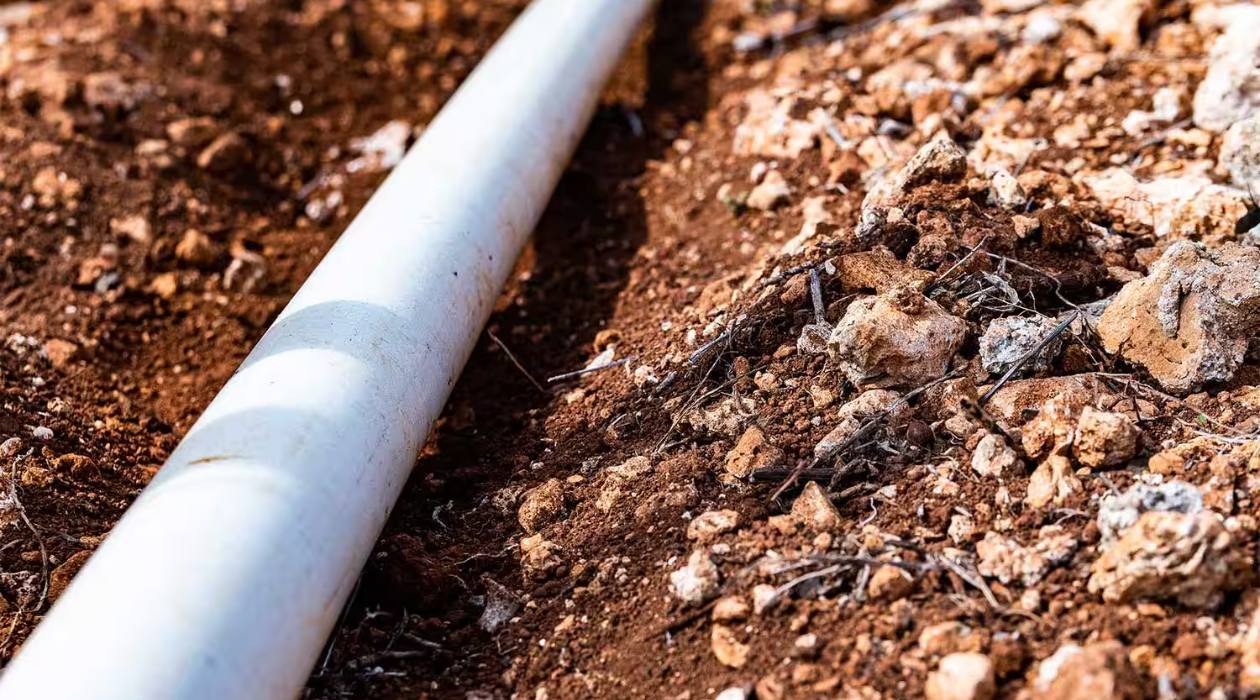
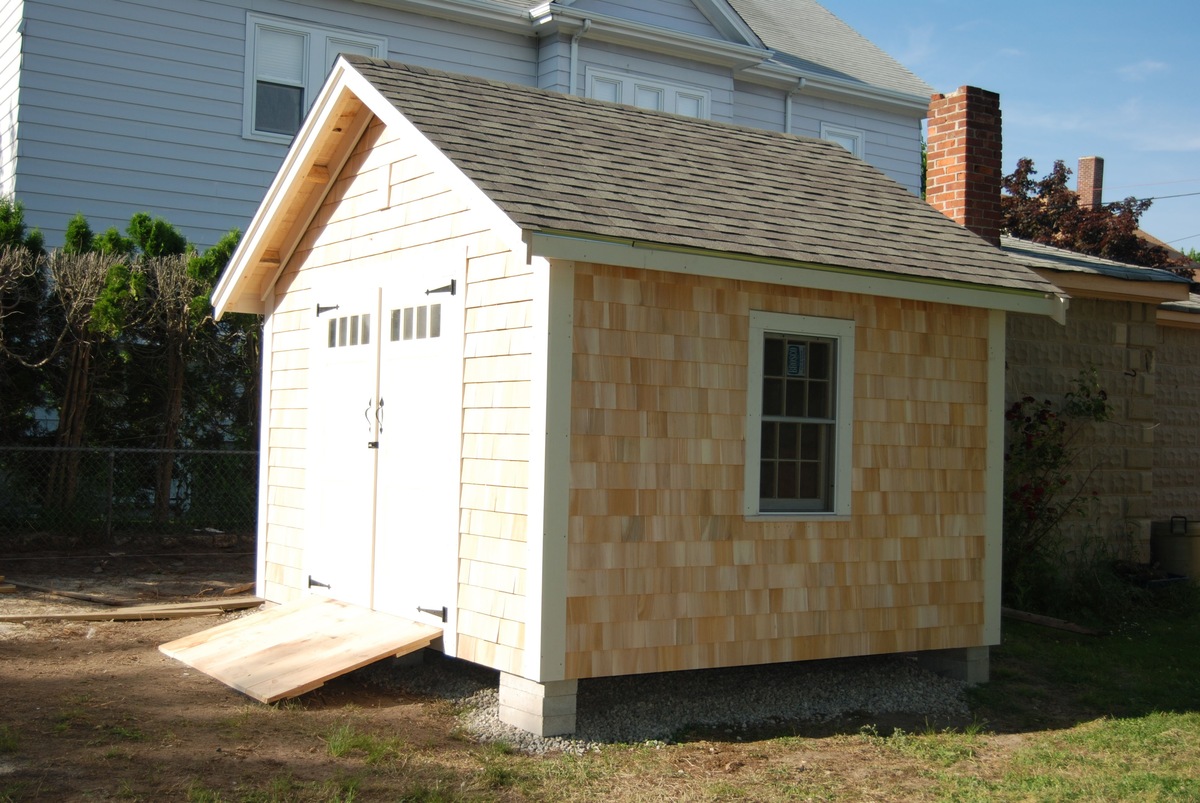
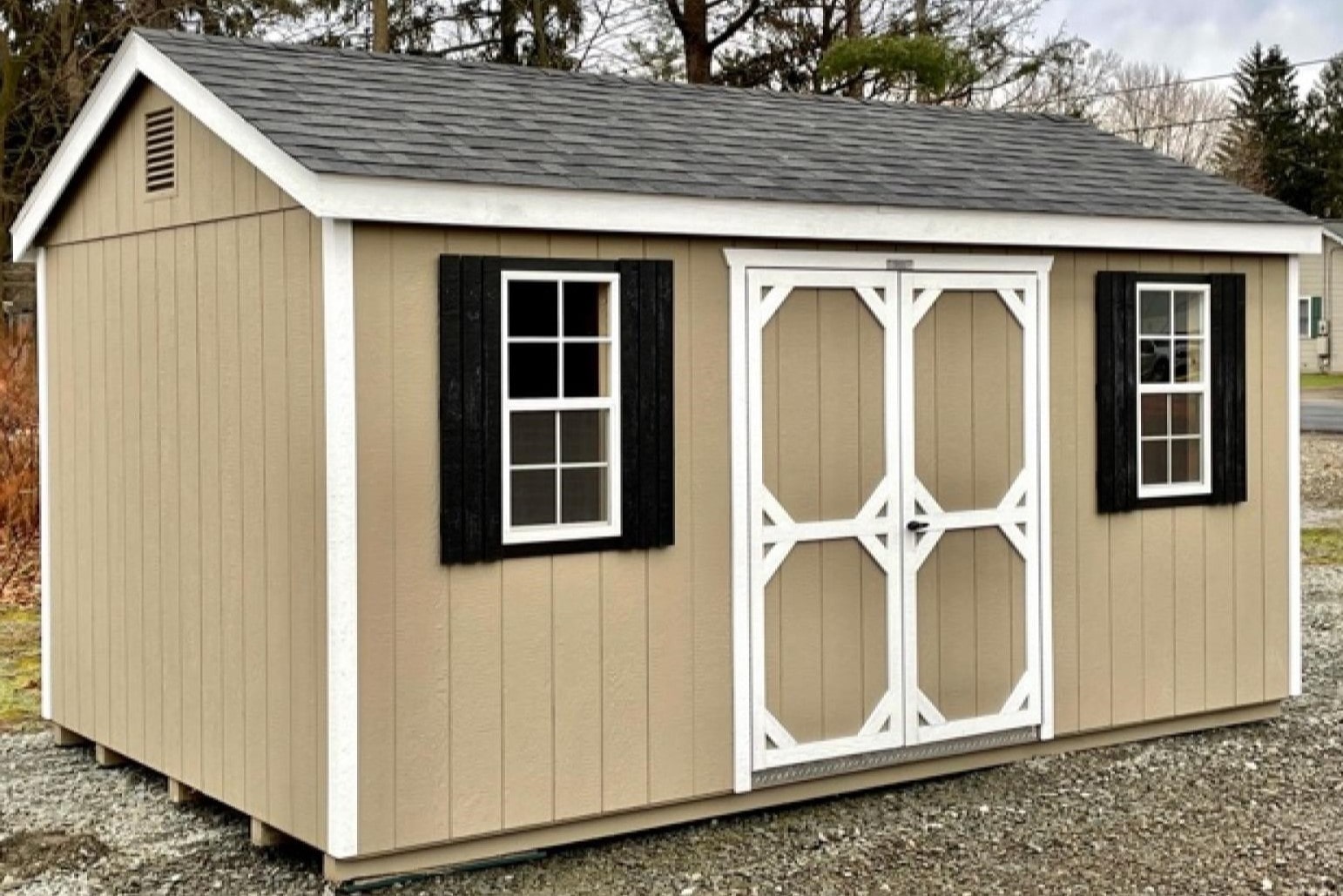
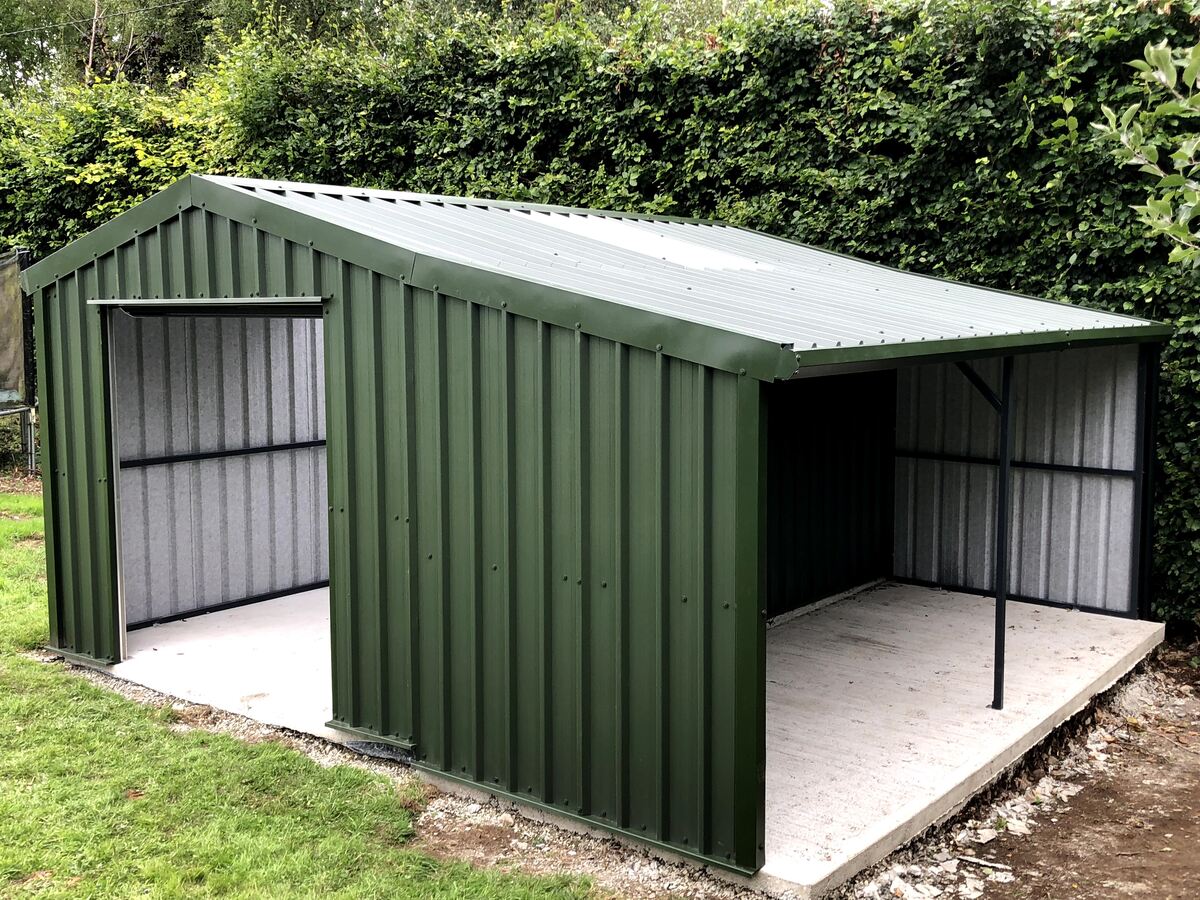
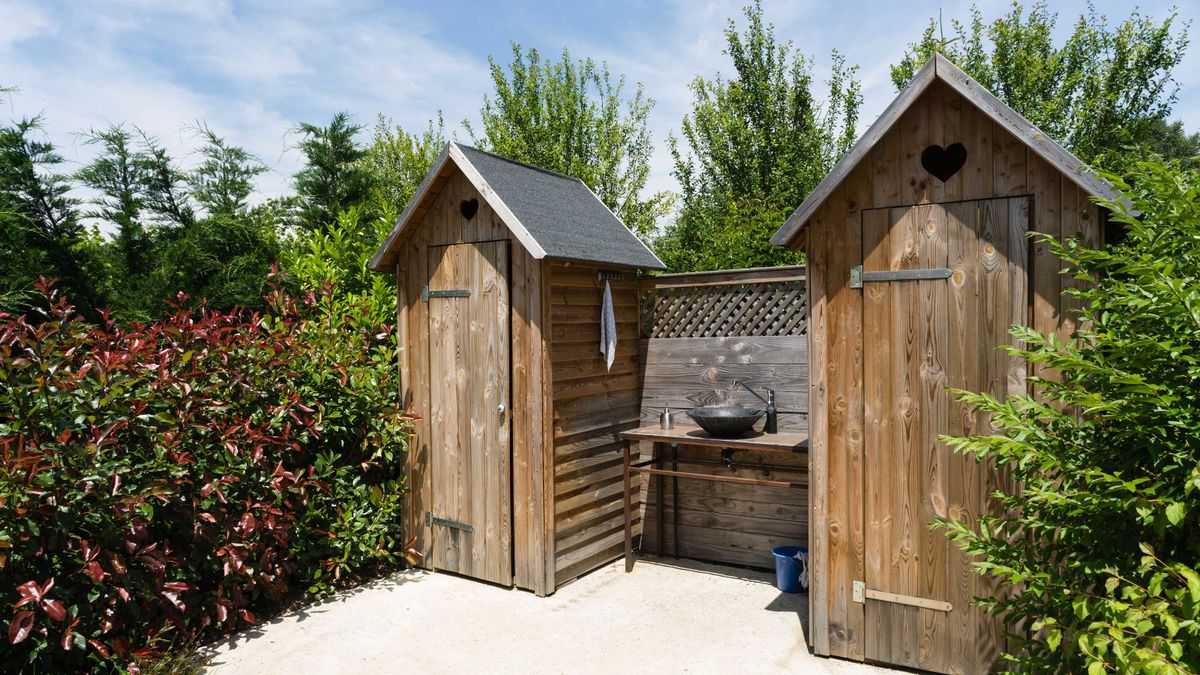
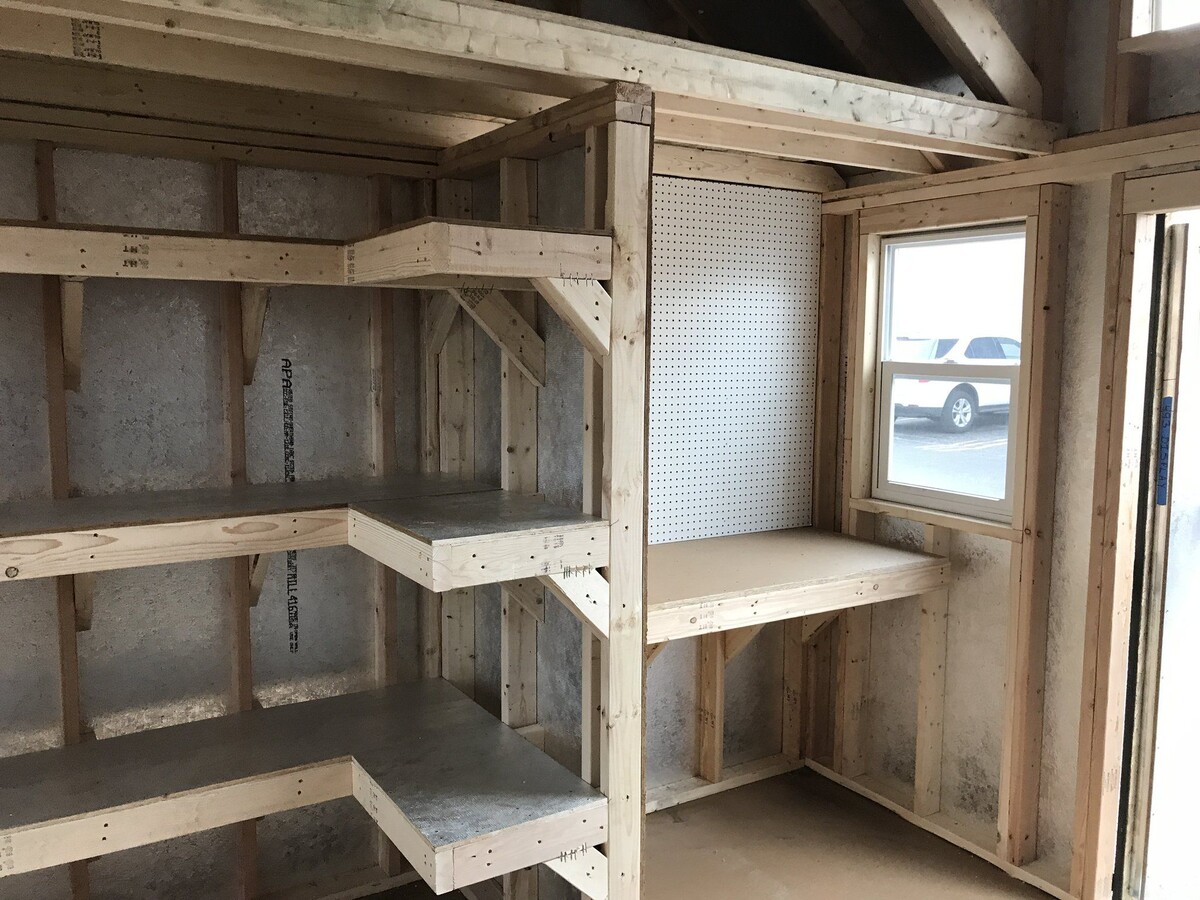
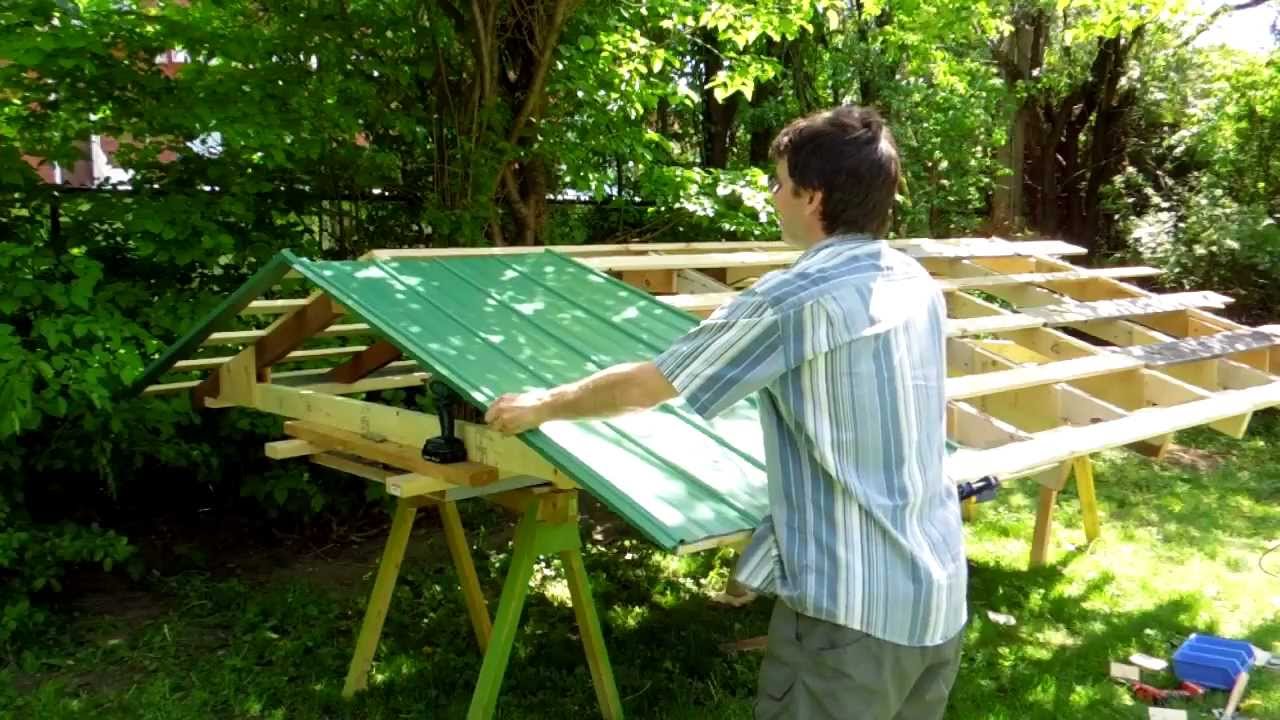
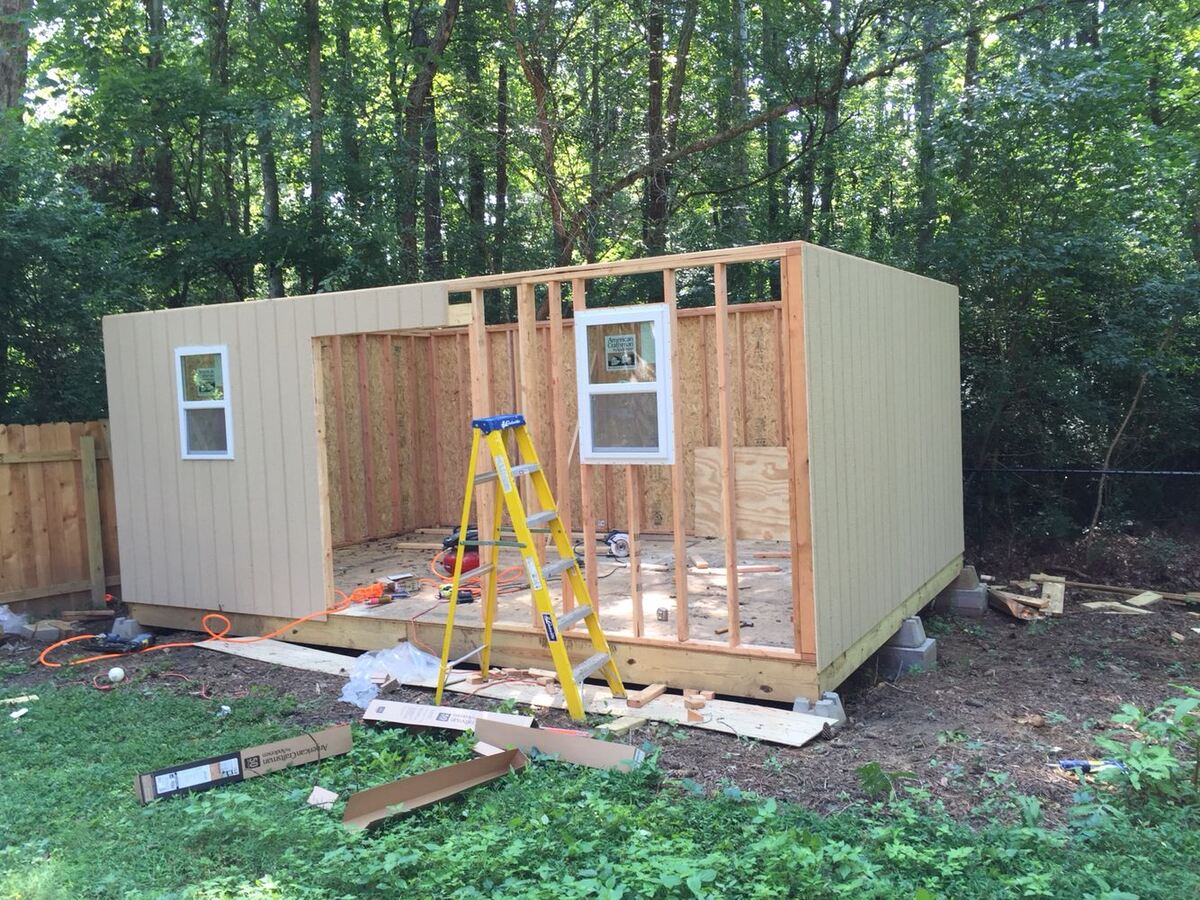
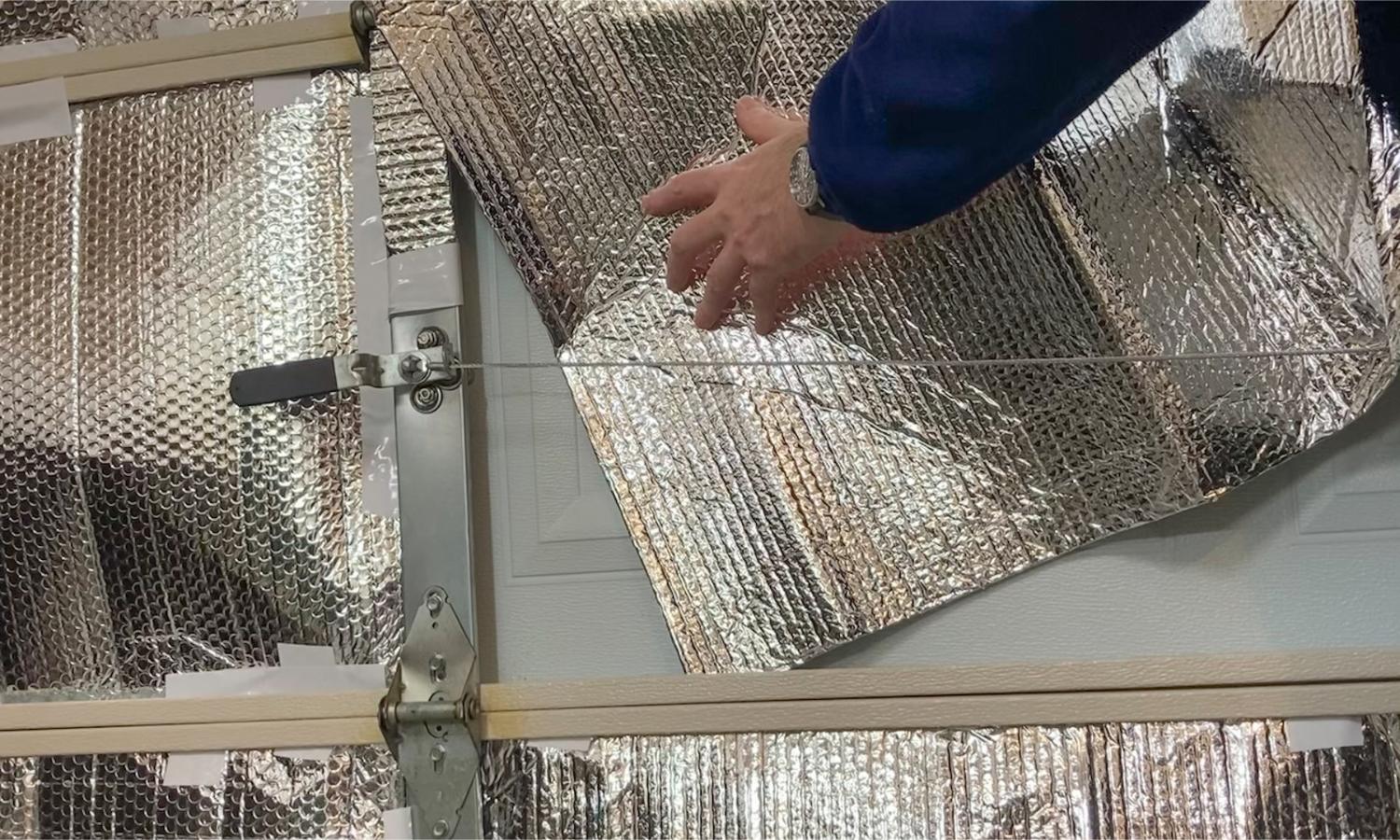
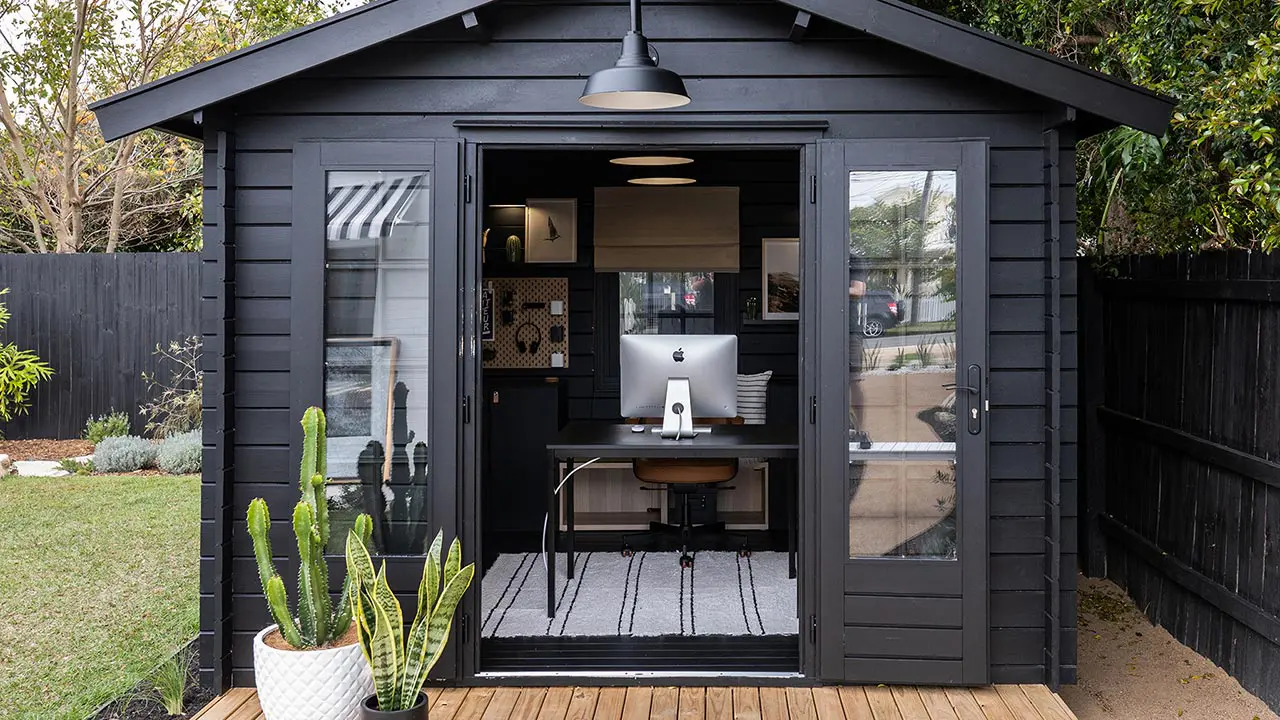
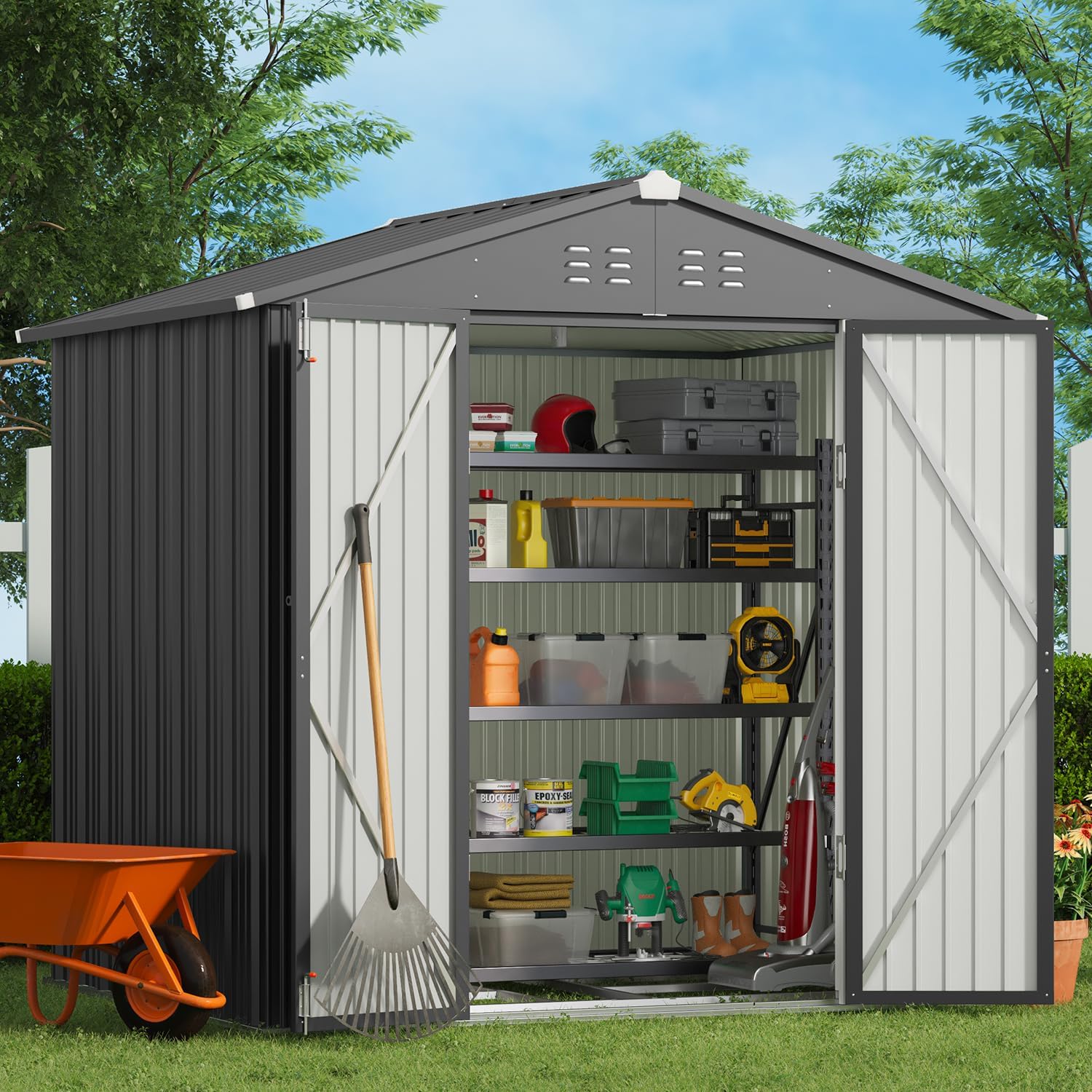
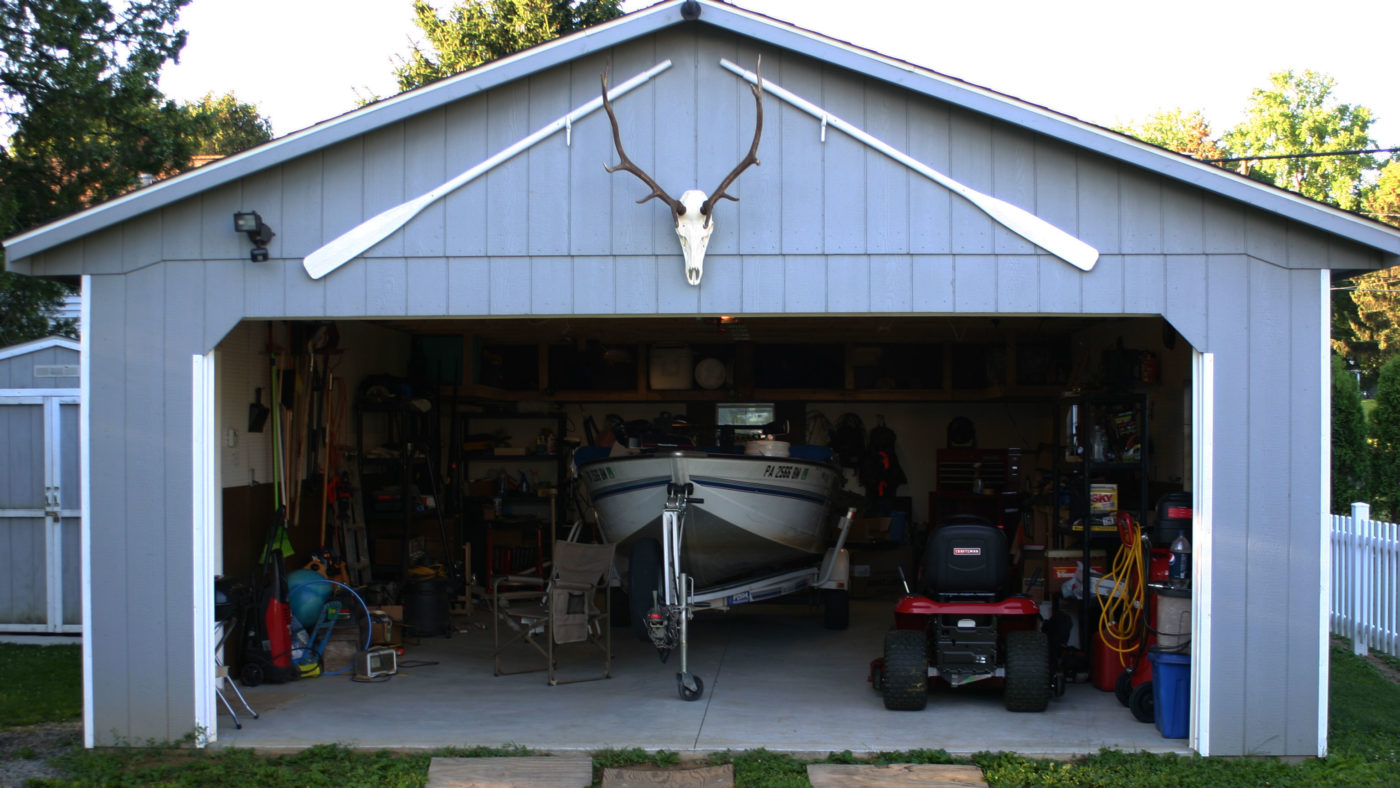
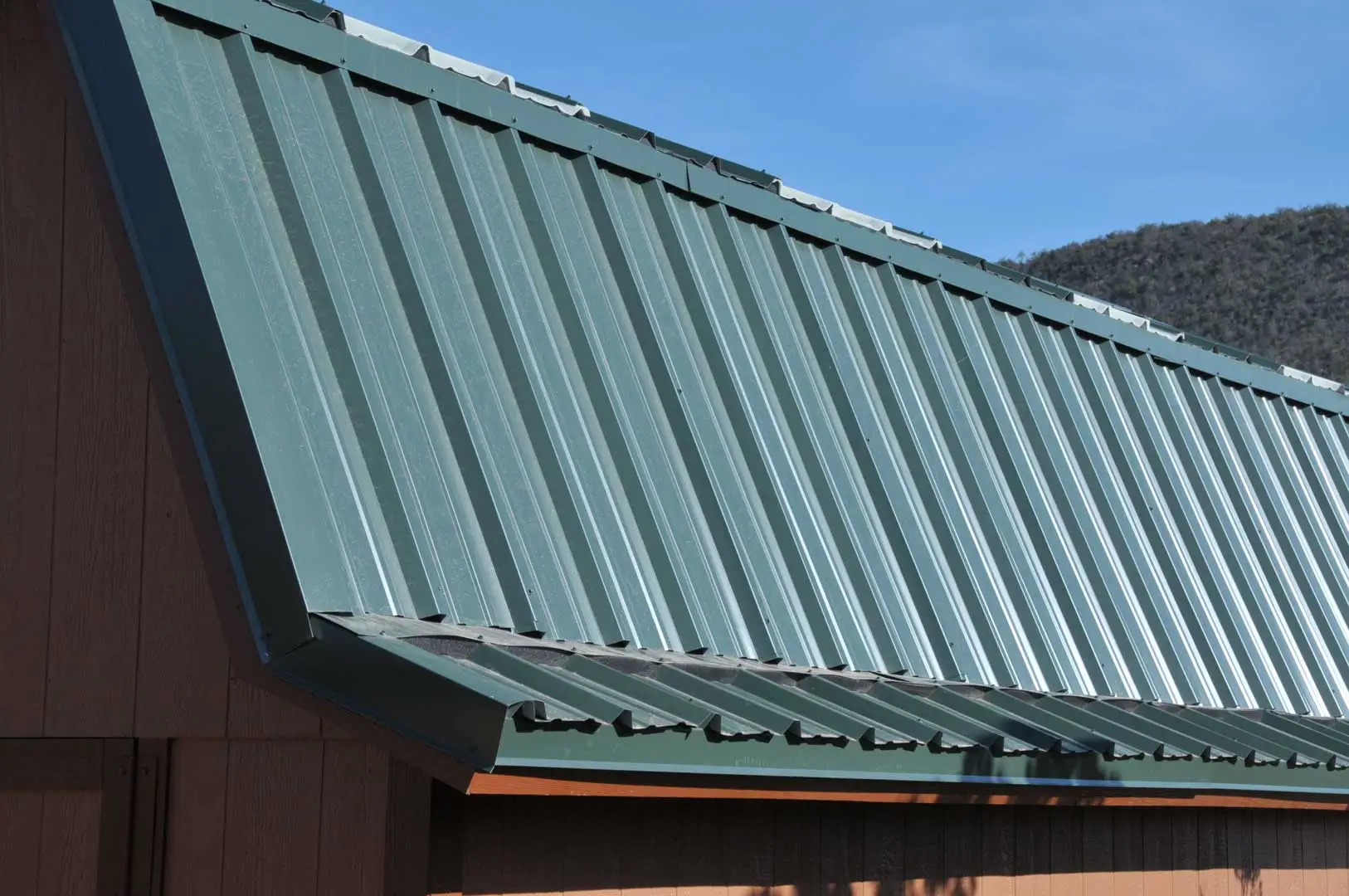
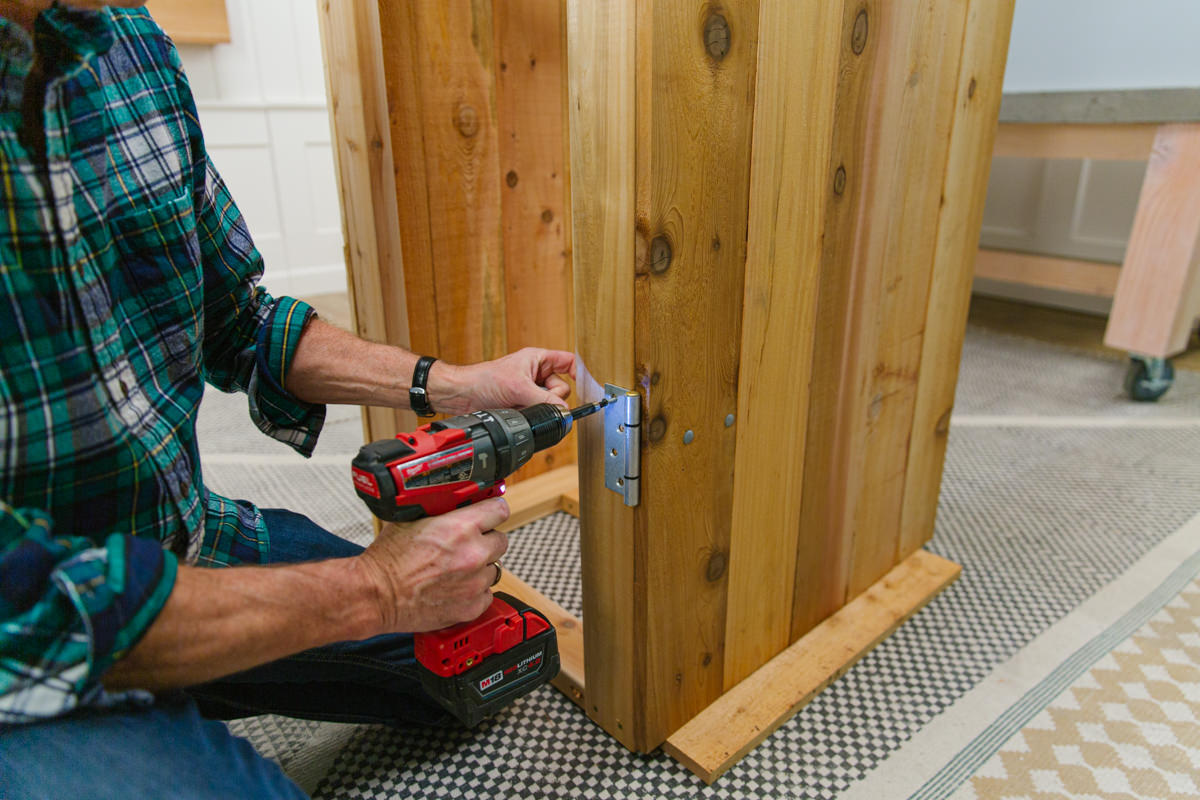


0 thoughts on “How Much To Install Electricity In A Shed”